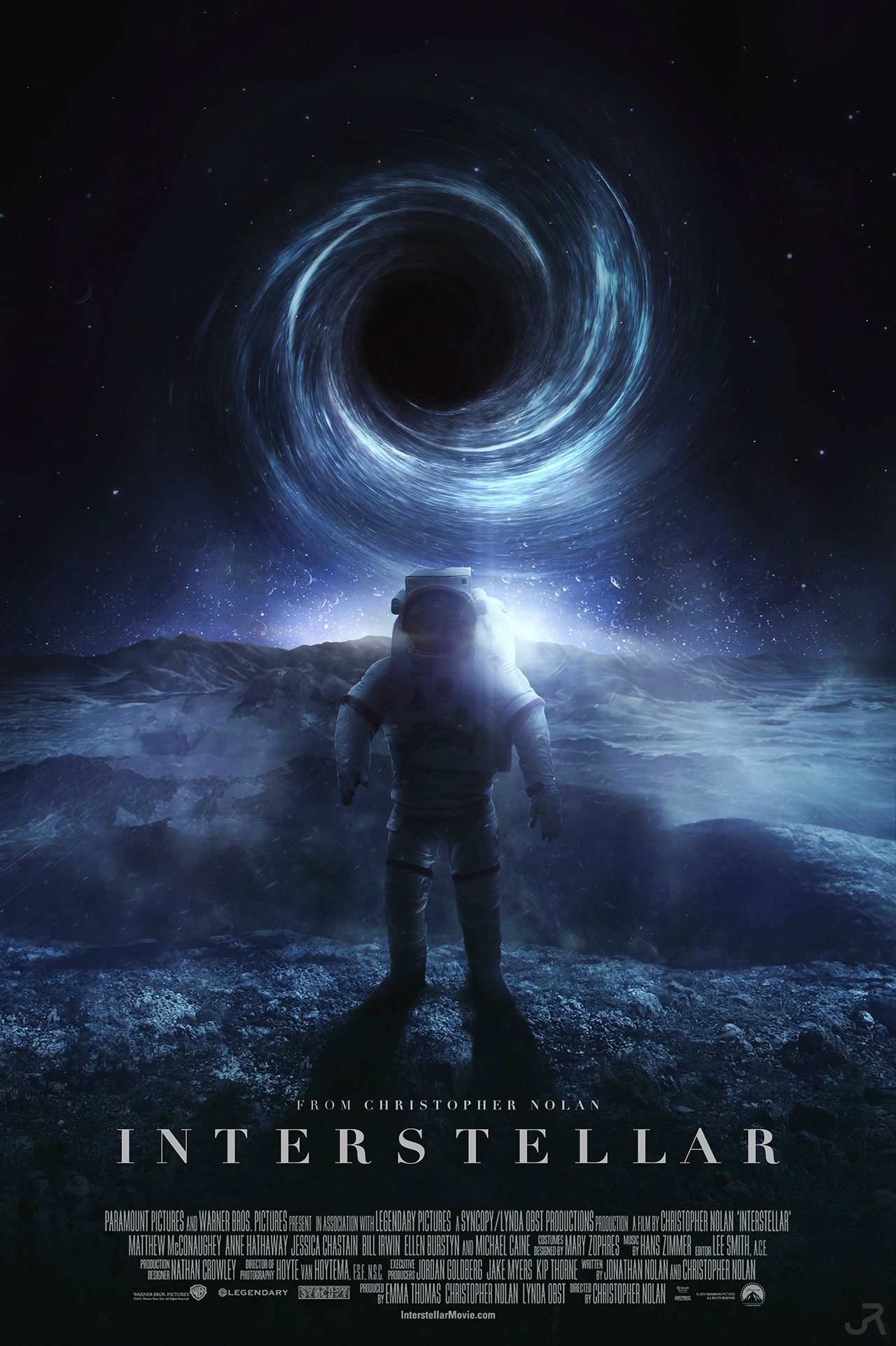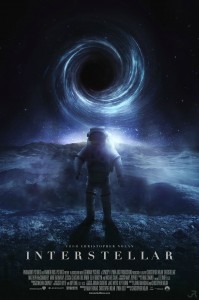Interstellar offers analysis into space

Christopher Nolan’s latest film brings forth questions of what humans have accomplished in space exploration

With the release of Interstellar and the successful landing of the Philae Satellite, built and deployed by the European Space Agency, the world has once again received reminders of humanity’s achievements and the excitement of the unknown is once again present in our everyday lives. This is a rare and opportune time to distinguish the reality and fiction of space exploration that are presented to us this month.
While watching Interstellar I was overwhelmed by the scope of the film. Not only did it take place in another galaxy, but it also used wormholes and black holes, larger than life Star Trek-esque planets and on top of that, robots.
It seemed to put every possible sci-fi plot point into its narrative, which in turn provided many good resources for a comparison to Philae. Interstellar did not humble me like staring into space usually does. Rather, it made me wonder at what must be the incredibly complicated thought process of director Christopher Nolan.
In Interstellar, the Apollo space missions are said to be a lie the government made up to bring Russia to bankruptcy in the “space race.” This is interesting to keep in mind with Philae. For every major historical event there are conspiracy theories and it is no wonder that Interstellar took this into account when touching on past space exploration. Our protagonist Cooper (Matthew McConaughey) is a retired engineer whose old school perception of the world is how the audience is able to interact with the futuristic Earth and the space exploration that follows throughout the film. Unlike the audience, the characters of Interstellar do not rely on or believe the success of the Apollo missions to back them up in the time of Earth’s crisis.
There is one pleasant similarity between Interstellar and Philae’s landing: humanity. Throughout the entirety of Interstellar, the audience is told the human race is capable of great things and can solve any problem. Philae’s team are extremely proud of their accomplishments, though they are experiencing difficulty with the satellite’s battery life. Cell phones nowadays are more powerful than the computers used to get man to the Moon for the first time, so even that piece of information just reassures the world of our potential in space exploration.
With so much to offer, Interstellar doesn’t do many of its plot points justice, making them so finite that loopholes can be discovered after only one viewing. Woven into the film you can see influences from other space narratives like 2001: A Space Odyssey, Apollo 13, Star Wars, Star Trek and Gravity. All of these combine into a two and a half hour epic that ensures a blown mind and an appreciation for the Earth we live on.
Now that Philae is safe and sound hibernating on its comet, it’s time to look back on the history of space exploration and marvel at how far we’ve come. What will come next? Perhaps humans will be able to venture into wormholes in the future as they did in this film, no matter how unrealistic it seems right now. But despite its borderline over-the-top storytelling, Interstellar couldn’t have hit theatres at a better time.


